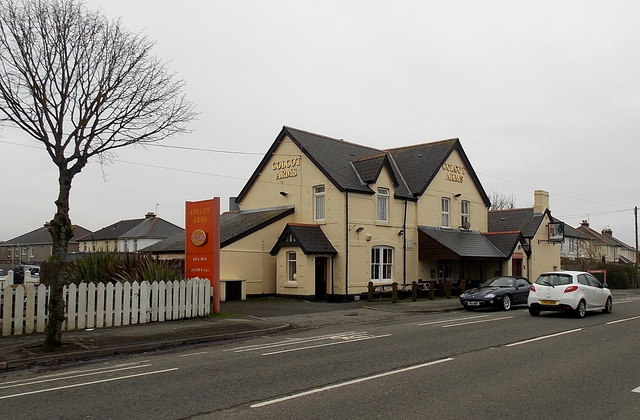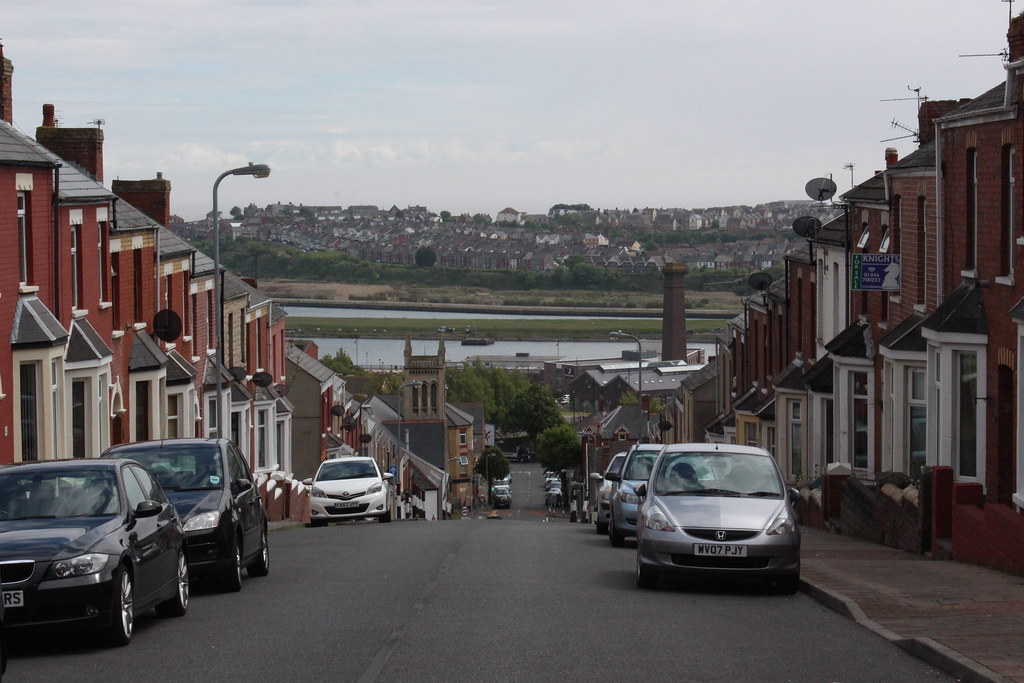On Saturday the 5th September 2020, I left my campsite near Porthcawl for the drive to Cwm Porth car park near Ystradfellte in the Brecon Beacons to walk the Four Waterfalls walk.
GPX File here
Viewranger File here
NOTE: Our path follows a footpath later on that's sign posted Dangerous, so make your own decision if you wish to follow my route. You do so entirely at your own risk.
We parked up and paid the £4 to park, normally you need the £4 in coins for the meter but due to covid they are only accepting payment by card. I was here just gone 9am, get here early as it fills up quickly. NOTE: This is called Cwm Porth car park and not Four Falls Waterfall Hike Car Park 2 as navigated to by Google maps.Got confused on the walk as there are no signs for Car Park 2 (CF44 9JF).
We left the car and set off across the road to follow the trail towards our first waterfall.
We follow a well maintained footpath towards Sgwd yr Eira (“SGOOD uhr ehr-uh”) on the Afon Hepste (Hepste River).
Here we found stunning views across the Brecon Beacons National Park.
We now reach the 170 odd steps down to Sgwd yr Eira.
Meaning Snow Waterfall in Welsh, Sgwd yr Eira is part of the Four Falls Walk. Situated between the villages of Hirwaun, Ystradfellte and Pontneddfechan, north-west of Merthyr.
The site itself is of massive national and international environmental importance and receives around 160,000 visitors a year. Part of Fforest Fawr, a European and UNESCO Geopark, Waterfall Country is famous for its wooded gorges, caves, swallow holes and waterfalls, as well as oak and ash trees and more than 200 species of mosses, liverworts and ferns.
Sgwd yr Eira - Famous for being the falls behind which you can walk, the 'falls of snow' plunge over a hard band of sandstone whose overhang protects the walker from the full force of the water.
The sound of the gushing water was amazing and the spray meant you were getting wet whether you like it or not!
This is the most spectacular of the four falls.
After walking behind the falls, we stopped a little bit up the river for lunch before tackling the 170 odd steps back up to the top.
Once back up, after a short rest at the top we continued along the route and now take a path down to Sgwd y Pannwr (“SGOOD uh PAN-noor”).
This was a long path down,not steep at first but got steeper towards the bottom.
Sgwd y Pannwr - The 'fall of the fuller' or 'fall of the woollen washer' is the lowermost of the three celebrated falls on the Mellte.
I was able to sit on a ledge and watch the Afon Mellte spread out over its ledge as the waterfall then plunged into a dark pool below me. I was looking for a way to get down to the pool for a swim, but could see no safe route.
So no safe route to the pool, I sat by the River Mellte and dipped my feet in the freezing water.
After a rest and drink. We decided not to walk all the way back up the path to the safe Tourist path, but instead follow the river to the next waterfall and prevent the climb up again.
After a short distance we reached our third Waterfall, Sgwd Isaf Clun-Gwyn (“SGOOD ee-sahv clin-goo-un”).
We sat here for a bit watching people leap into the falls as part of a Gorge walking trip.
We were about to leave, but I knew I'd regret it if I didn't go in for a swim. My wife didn't want mew to go in saying its too busy with people. But I have perfected the art of getting changed beneath a towel, and was in swimming within minutes.
What a beautiful swim too, and not as cold as I'd have thought.
After my swim, I got changed and now followed the dangerous path up the cliff that required a bit of scrambling and hands on the rocks to climb.
Please if you are not confident on this type of path or you have kids or dogs with you, follow the main tourist path!
The path became very narrow with a drop below,so we carefully made our way along to the next waterfall.
 |
| Afon Mellte |
We pass a sign telling us the path we were on was dangerous, I saw no sign warning us of this from the other direction.
We now reach Sgwd Clun-Gwyn (“SGOOD clin-goo-un”), our fourth and final Waterfall.
 Sgwd Clun-gwyn - The 'fall of the white meadow' is the uppermost of the three celebrated falls on the Mellte. It is formed where a north-northwest to south-southeast trending fault brings hard sandstone up against softer mudstone.
Sgwd Clun-gwyn - The 'fall of the white meadow' is the uppermost of the three celebrated falls on the Mellte. It is formed where a north-northwest to south-southeast trending fault brings hard sandstone up against softer mudstone.
In terms of the Welsh meanings, apparently in South Wales, a lot of waterfalls had the name sgwd meaning “cascade” as opposed to rhaeadr meaning “waterfall” (which you see a lot of in North Wales).
We leave the fall behind. Now we come to a wooden bridge, and none of the signs say Four waterfalls Walk Car Park 2 that I had navigated to using Google maps. So I crossed the bridge and walked on by the Sgwd Clun-Gwyn fall again on the other side.
After a while I realised our mistake and my initial gut feeling was right we needed to follow the Cwm Porth car park signs. So we walked back crossing the bridge again and followed the river.
After much walking we passed the sign for the caves, but at this point didn't fancy thew detour so we arrived back at the car park at just under 5 miles delightful miles of beautiful waterfall country. So glad we decided to walk this route.































































































